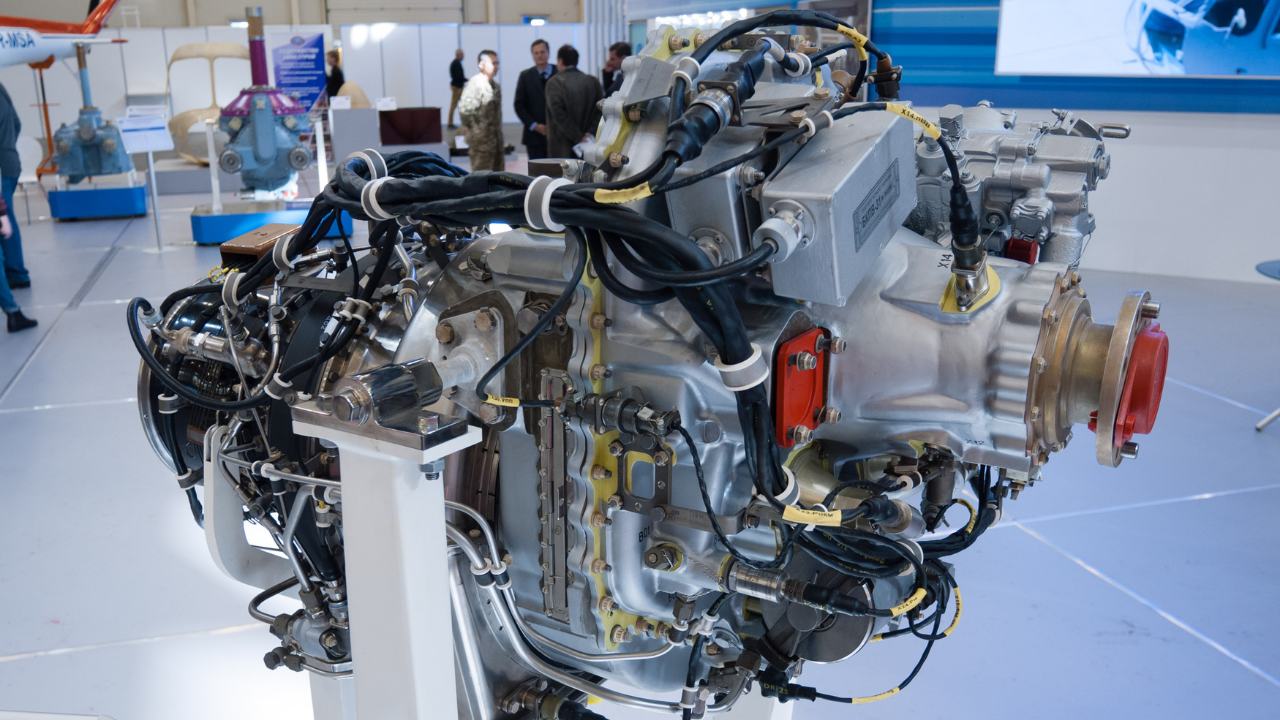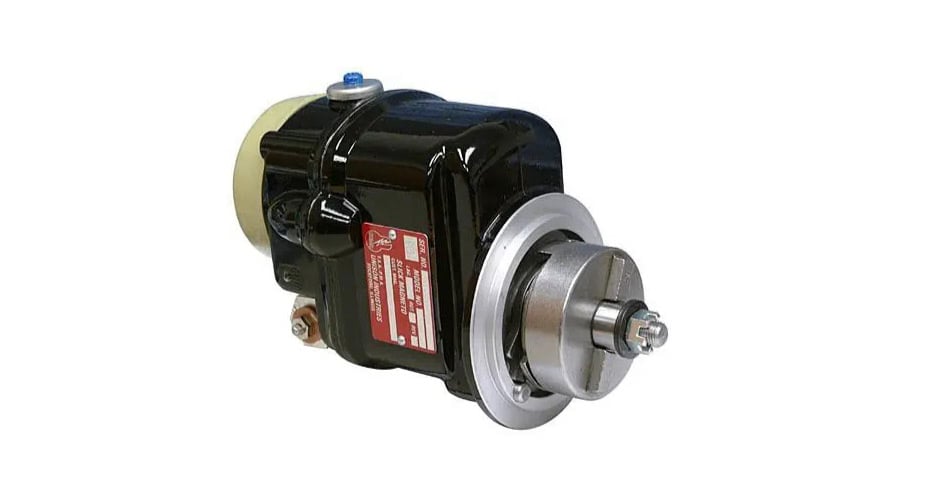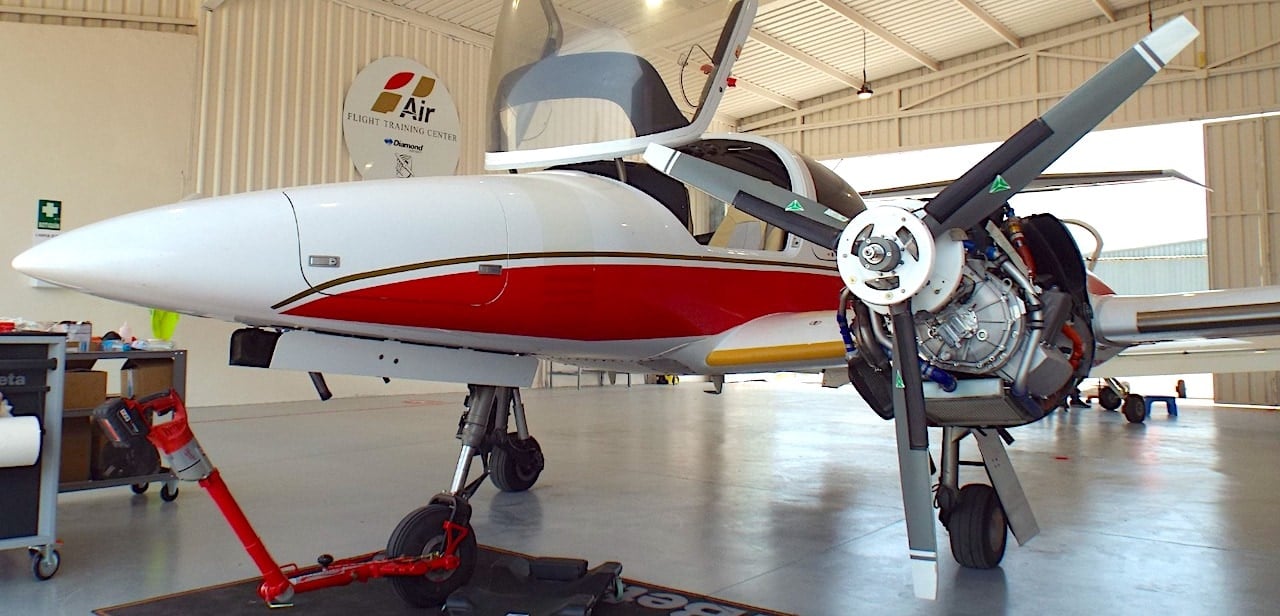The basic principle behind the operation of a magneto is electromagnetic induction.
When the engine is running, the magneto is driven by the engine through gears. The magnet’s rotor, which contains permanent magnets, rotates inside the stator, which has coils of wire. This movement generates electric current in the wire windings of the stator.
The breaker interrupts the current at specific times, which causes an increase in voltage. This increased voltage is sent to the distributor, which delivers it to the spark plugs at the right time.
The spark plugs then generate the electrical spark needed to ignite the fuel-air mixture in the engine cylinders.





